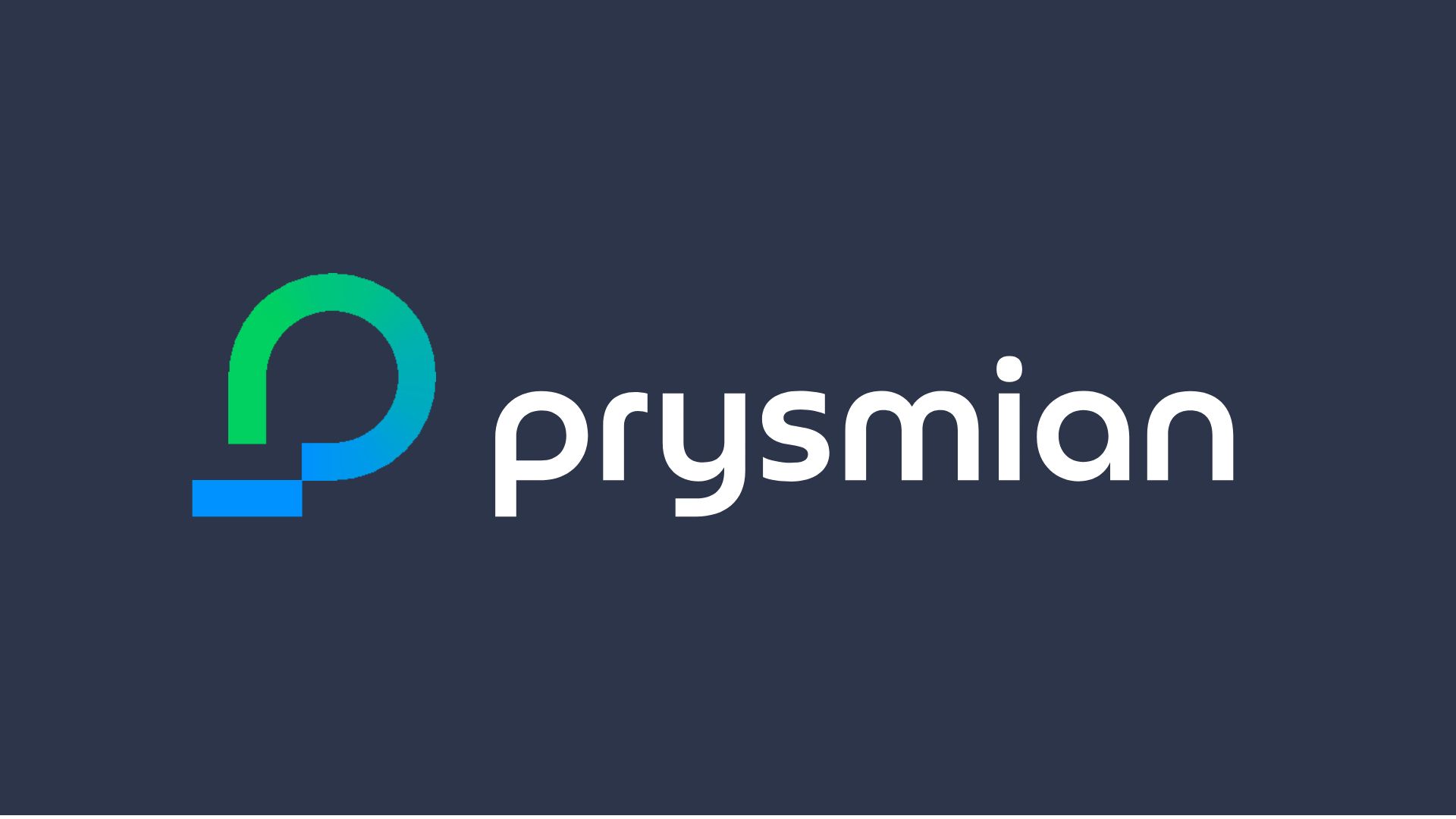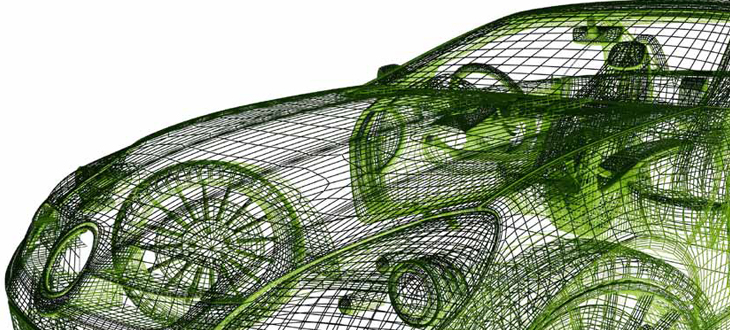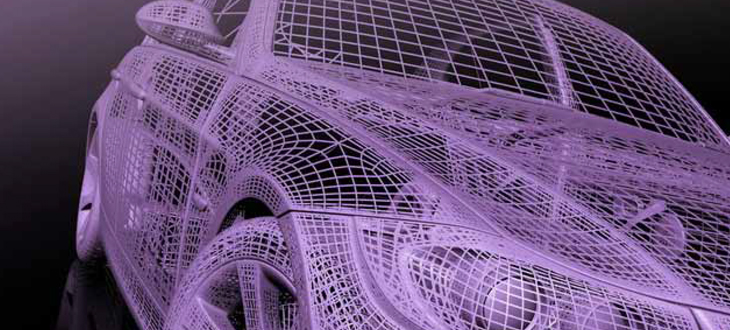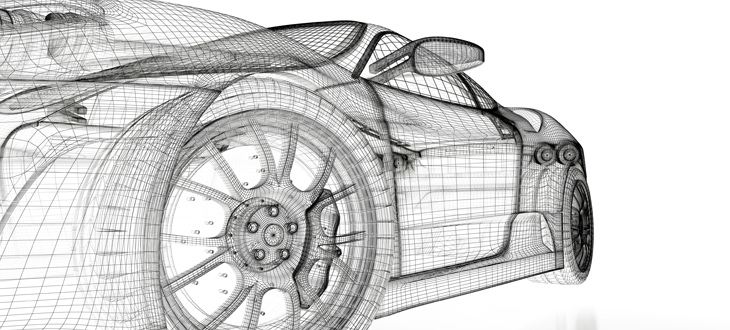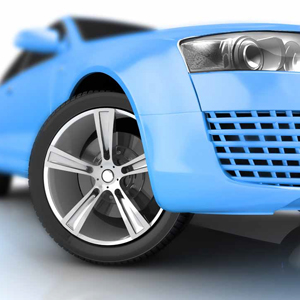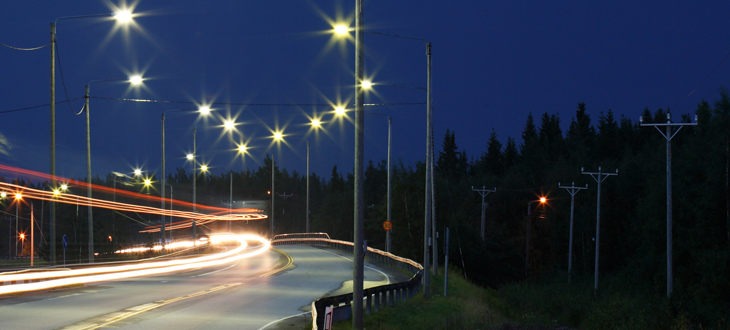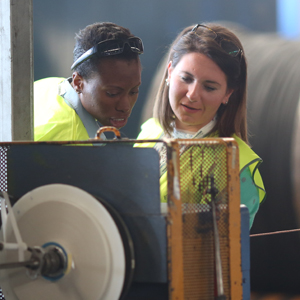Single core cables up to temperature class A 85 °C (T1 / acc. ISO6722-1 and SAE J 1128) in 80 °C (according to JASO D 611)
Single-core cables of temperature class up to 85°C and 80°C /3000h are mostly PVC insulated. Cables are available with thick, reduced or ultra-thin wall thickness, with symmetrical, asymmetrical, fine and compressed wire guide.
Cables in this temperature class are used in areas with low thermal stress, such as car doors and trunk lids.
Single core cables up to temperature class B 105 °C (T2)
Single-core cables of temperature class up to 105°C/3000h are normally PVC insulated. Cables are available with thick, reduced or ultra-thin wall thickness, with symmetrical, asymmetrical, fine and compressed wire guide. Cross sections 0.22mm² and 0.35mm² in symmetrical wire guides are also intended for use in IDC technology.
Single core cables up to temperature class C 125 °C (T3)
Heat-resistant single-core cables of temperature class up to 125°C/3000h are normally made of cross-linked polyethylene (2X – T125), cross-linked polyolefin copolymer (42X) or polypropylene (9Y). Special PVC with thin wall thickness is also possible.
These heat-resistant single-core cables are mainly used in the engine compartment at moderate temperature ranges up to 125°C/3000h and with good resistance to mechanical stress at high temperatures. In view of future environmental requirements, a halogen-free, flame-retardant insulation material (21X HFFR) is also available. Where greater flexibility is required, especially on larger cross-sections, polyolefin copolymer (42X) as an insulating material is an excellent choice. XLPE insulated materials, with their excellent electrical properties over the total temperature range, are suitable for data and sensor lines.
Single core cables up to temperature class D 150 °C (T4)
Heat-resistant single-core cables of temperature class up to 150°C/3000h are normally made of cross-linked polyethylene (2X – T150).
Single-core cables in this temperature class are intended for use in the engine compartment, at operating temperatures up to 150°C/3000h and with good resistance to pressure at high temperatures.
In view of future environmental requirements, a halogen-free, flame-retardant insulation material (91X HFFR) is also available.
XLPE insulated materials, with their excellent electrical properties over the total temperature range, are suitable for data lines.
Single-core cables up to temperature class F 175 °C (T7), class G 200 °C (T6) and class H 250 °C (T7)
Heat-resistant single-core cables 175°C/3000h (temperature class F / T5) are insulated with ethylene-tetrafluoroethylene copolymer (7Y / ETFE). These cables offer excellent mechanical properties and chemical resistance and are therefore mainly used in harsh environments.
Suitable for insulation up to 200°C/3000h (temperature class G / T6) are silicone (2G / SIR) and fluoridated ethylene-propylene (6Y / FEP). Fluoridated ethylene-propylene (6Y/FEP) provides good mechanical properties and chemical resistance. Silicone (2G / SIR) instead, in addition to very good thermal stability, also offers excellent flexibility. Single-core cables up to a maximum of 250°C/3000h (PTFE) (temperature class H / T8) are insulated with polytetrafluoroethylene (5Y / PTFE) and perfluoro-alkoxyalkanes (51Y / PFA).
This product is mainly intended for seat heaters and exhaust aftertreatment systems.





